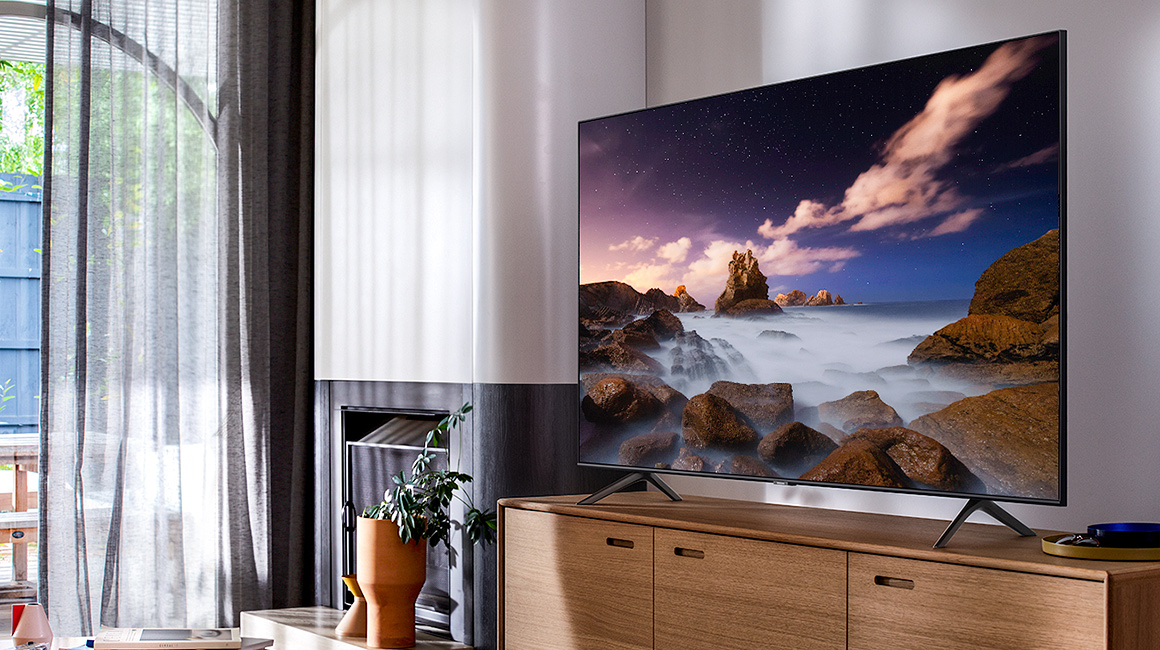
One of the new picture settings I mentioned above, Filmmaker Mode, helps eliminate the soap opera effect. In that case, turning the feature off is probably your best bet. Do that if you can.īut with some televisions the two effects are tied together, so you can’t get one without the other. Many sets with 120Hz and higher refresh rates let you turn off motion smoothing separately from blur reduction. But when motion smoothing is activated during a movie, it removes the normal film cadence and can make even classic, gritty films look like video, something referred to as “the soap opera effect.” The TV analyzes adjacent video frames, making an educated guess as to what the in-between frames would look like if they’d been captured, and then inserts those new frames into the video stream. Motion smoothing also attempts to reduce judder by increasing the TV’s frame rate via a process called frame or motion interpolation. That’s why sports, reality and game shows, and soap operas have smoother motion than 24Hz films. This appearance comes about because movies and a lot of prime-time TV shows are shot at a relatively slow 24 frames per second, or 24Hz.īy contrast, video is typically shot at 60Hz. Movies have a slightly stuttering effect, called judder, especially when the camera pans across a scene.



But many companies tie these efforts to another technology called judder reduction, which is often referred to as motion smoothing. On its own, blur reduction is fine, even helpful.

These techniques go by a number of names, including Auto Motion Plus (Samsung), Motionflow (Sony), and TruMotion (LG). TV manufacturers use various technologies to reduce motion blur, such as repeating frames or inserting black frames into the video signal. One issue with LCD-based TVs, in particular, is that the image can blur during fast-moving scenes, particularly in action movies or sports.


 0 kommentar(er)
0 kommentar(er)
